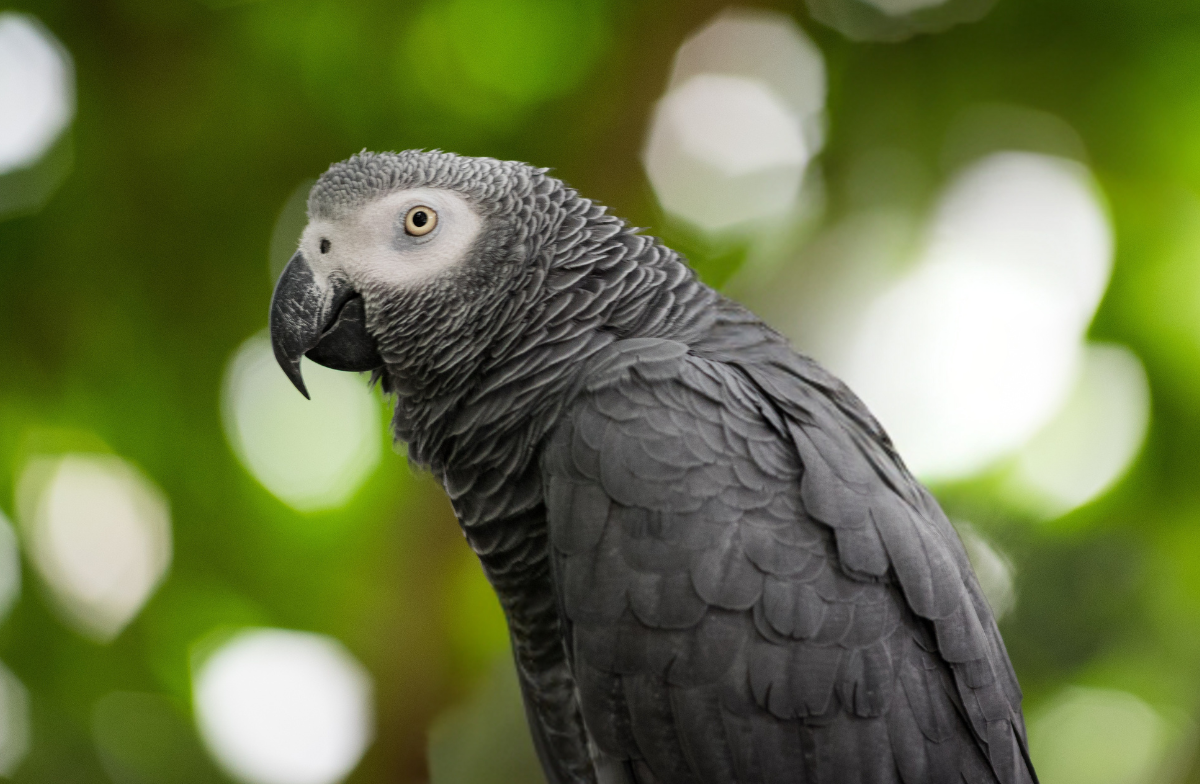
African Grey Parrots, a medium-sized parrot native to the forests of central Africa, are some of the best mimics in the bird world. In the wild, this species often copies the sounds of other animals in the forest. Around people, they may learn to copy a variety of sounds including laughter, a phone ringing, whistling,…
Read More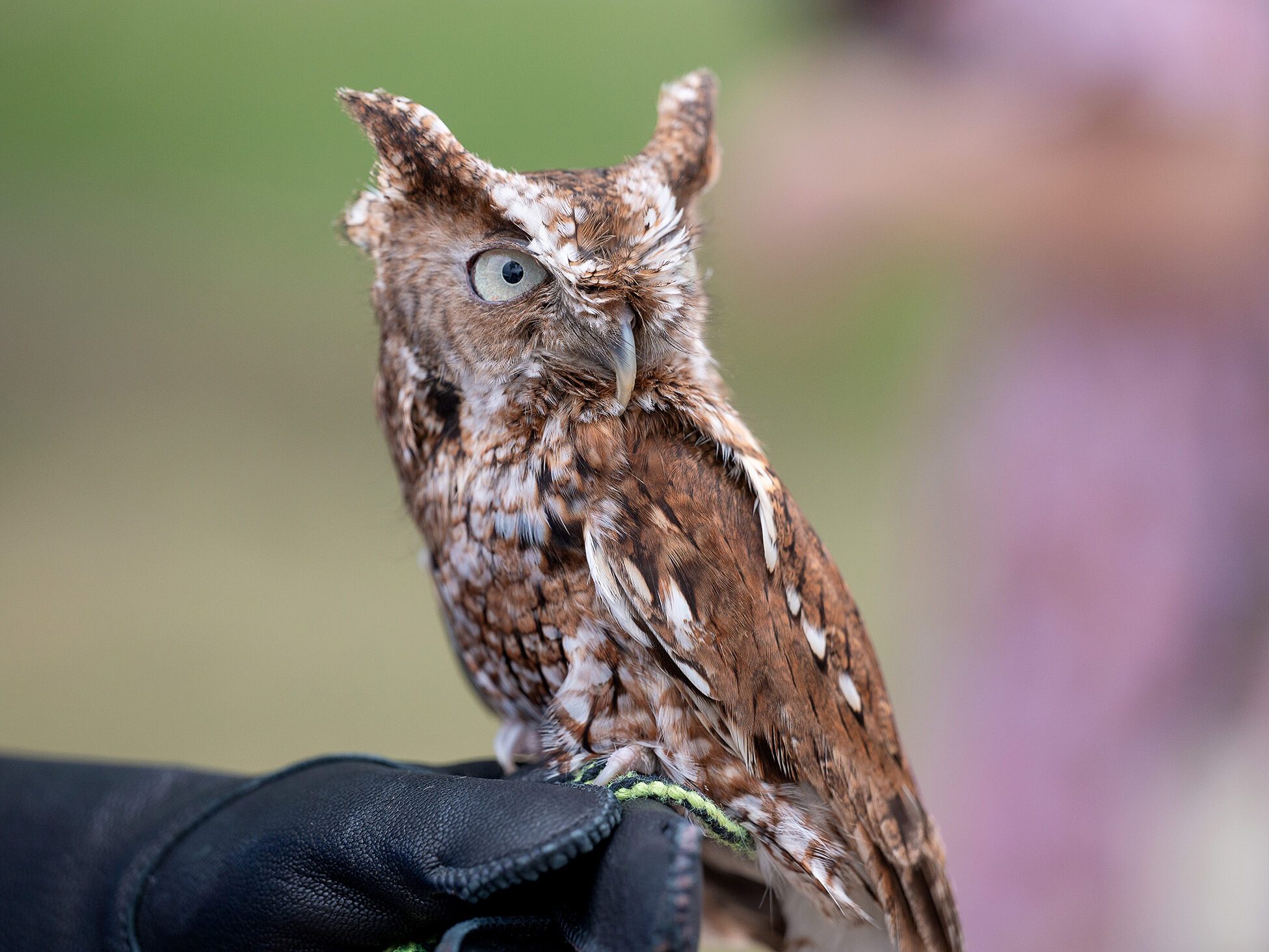
Eastern Screech-Owls are a very common owl species throughout North America, and they have gotten very used to living near humans. These pint-sized owls can be gray or a reddish-brown. They roost and nest in cavities in trees, but also make use of nest boxes. Males are smaller than females, but still have a deeper…
Read More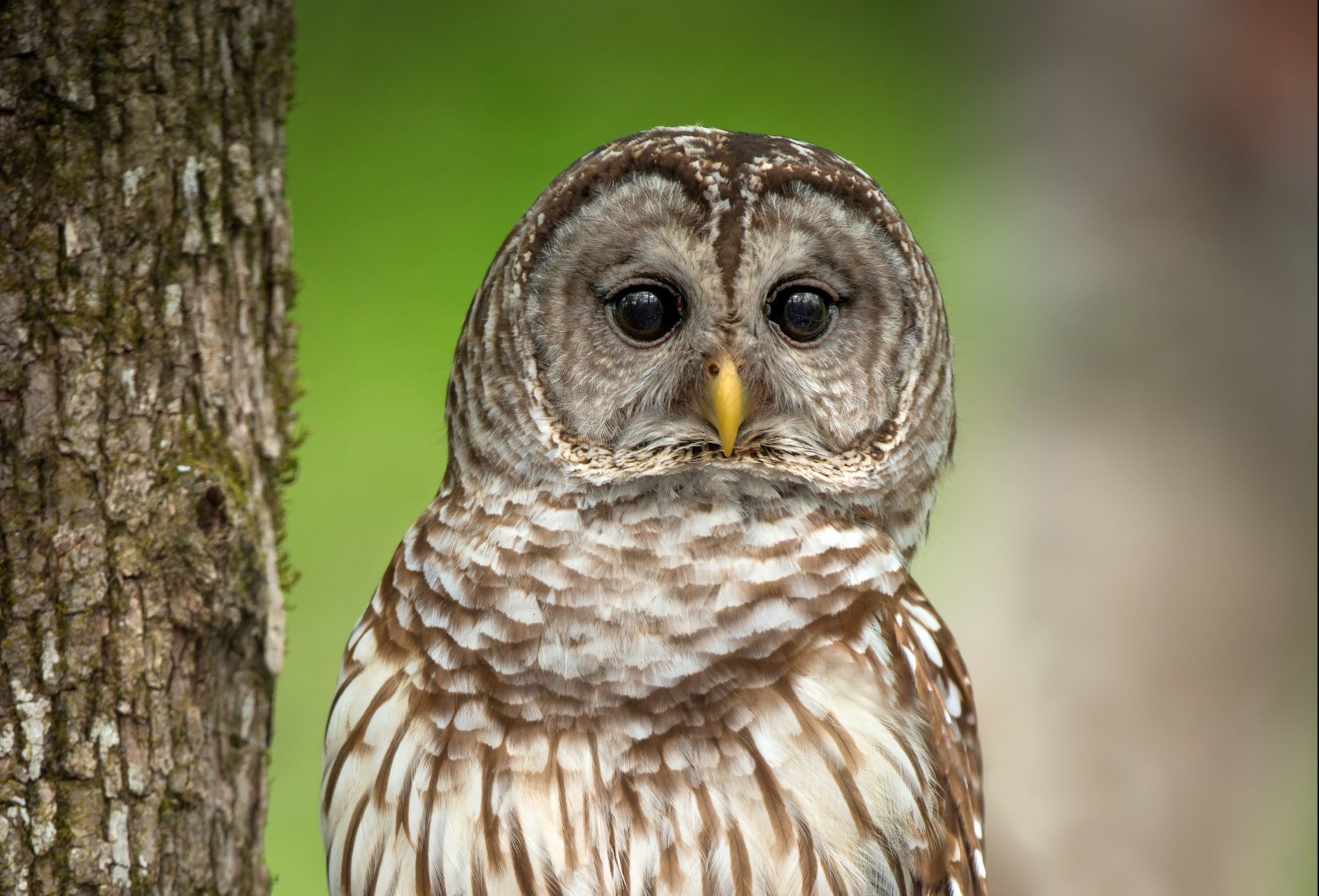
A relatively common Nearctic owl, the Barred Owl inhabits mature mixed deciduous-coniferous forests, often near streams or wooded swamps. This owl nests primarily in cavities, with both parents helping to care for the young until the autumn. Barred Owls have a varied diet of small mammals and birds. Barred Owls are, unfortunately, susceptible to collisions…
Read More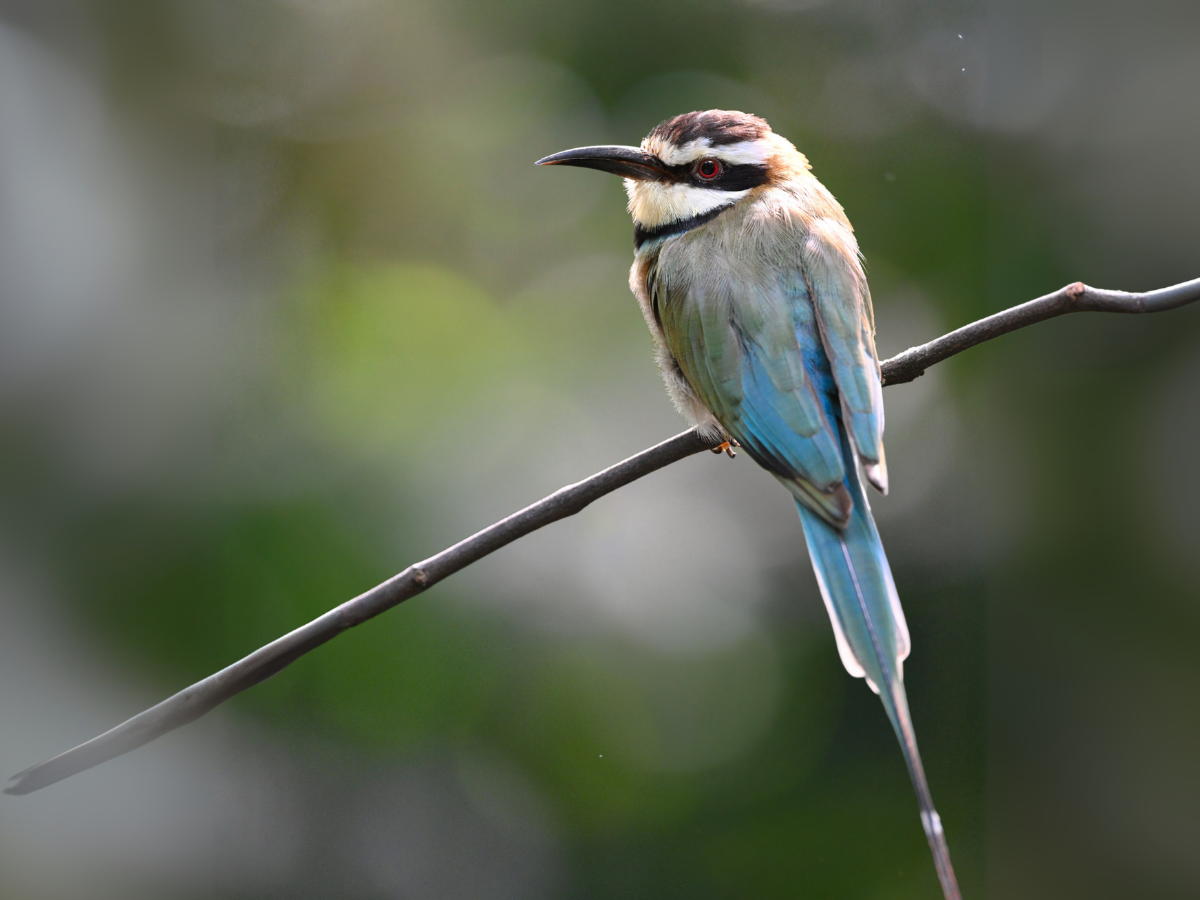
White-throated Bee-eaters are colorful, social birds, named for their ability to pluck honeybees (and other insects) from the air with amazing agility using their long, curved bills. Found throughout central Africa, they breed in the dry sub-desert steppe and winter in woodland areas and farmlands. They are the only bee-eater species that has an elaborate…
Read More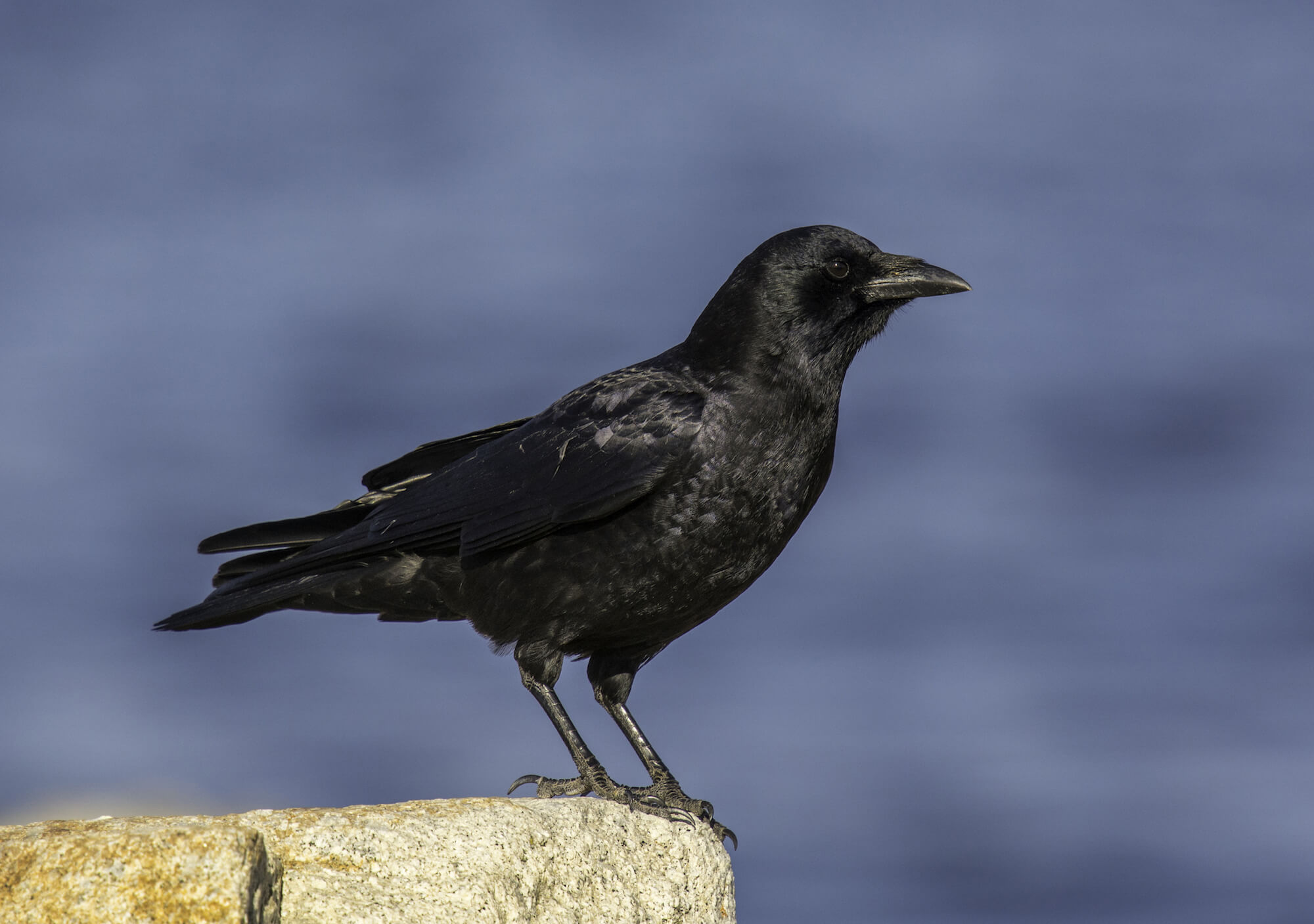
The American Crow occurs in a wide range of habitats in North America and can be found in rural farmland, suburbs, and even urban and residential areas. This species requires little more than large trees for roosting and nesting, and open ground for foraging. Much of the success of the American Crow lies in its…
Read More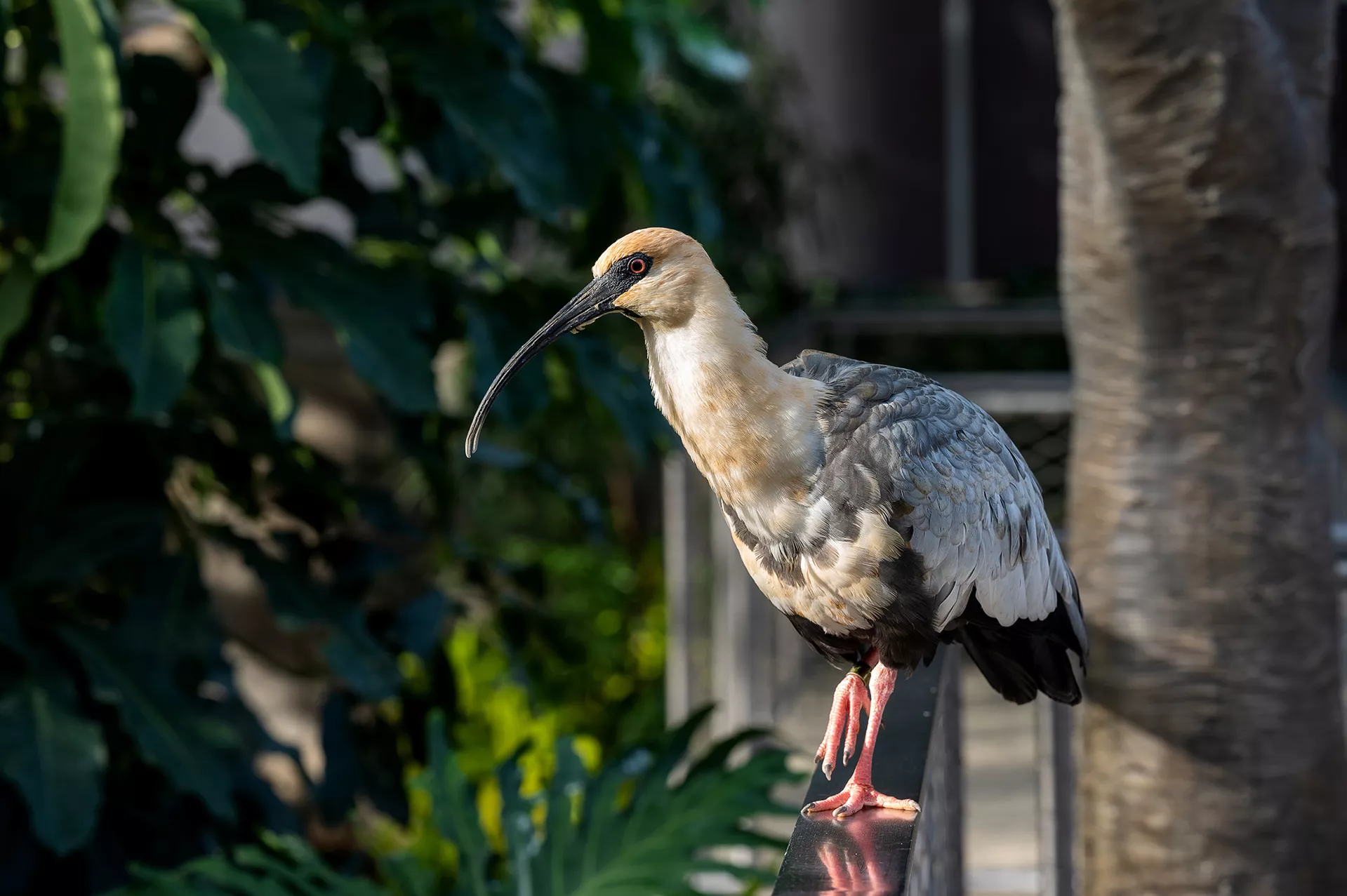
The Black-faced Ibis is found throughout open fields and meadows in southern South America. Black-faced Ibises are sociable birds, often nesting in colonies of up to 50 pairs, and sometimes among other species like Black-crowned Night-Herons or cormorants. They may feed alone or in small flocks, and their diet consists of insects and occasionally frogs,…
Read More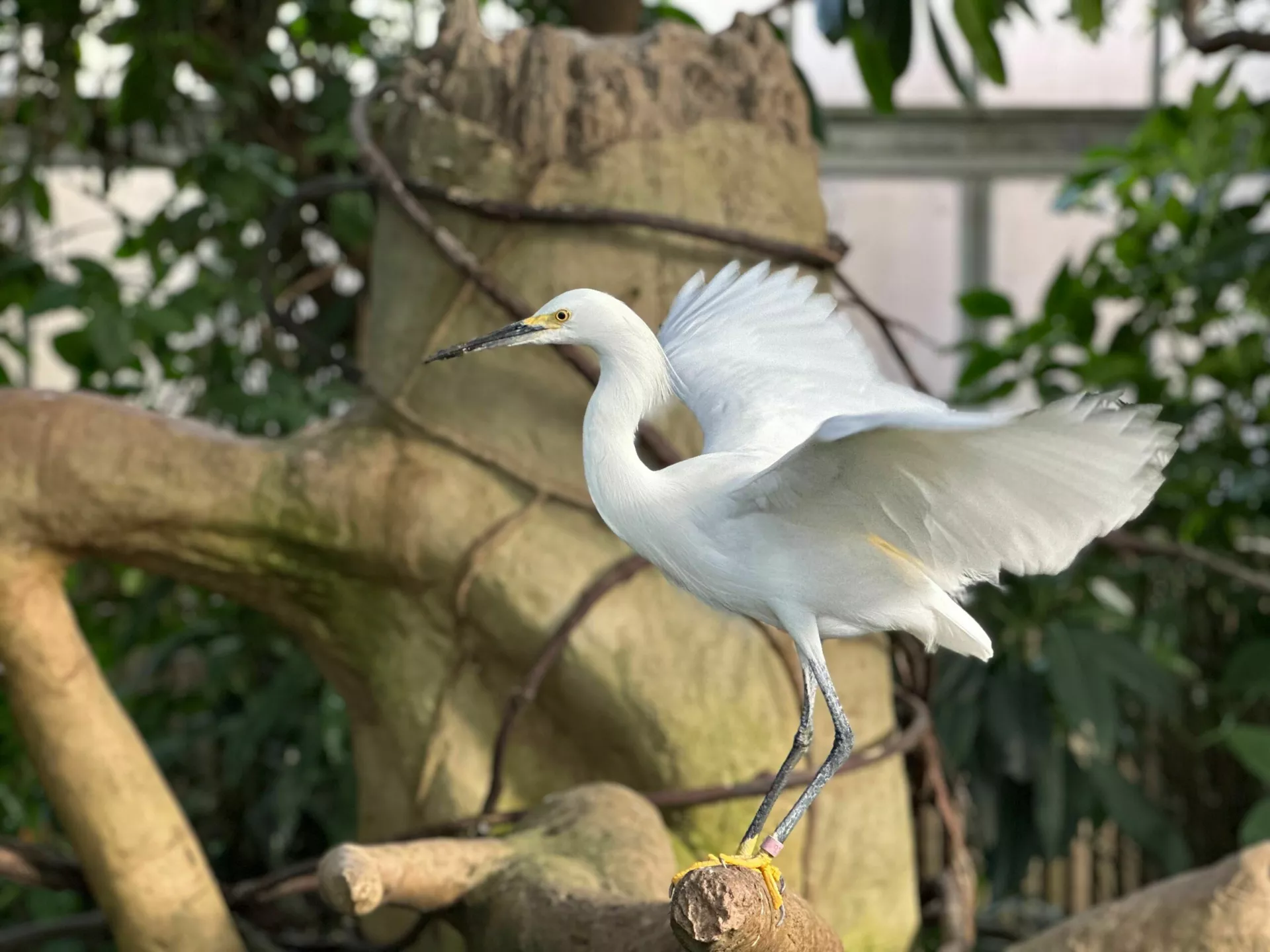
Snowy Egrets are strikingly beautiful birds, with pure white plumage and graceful and elaborate courtship displays. The feathers of the Snowy Egret were highly sought after for fashion, primarily for women’s hats, throughout the late 1800s and into the early twentieth century. The species’ population declined rapidly until restrictions on hunting were put into place…
Read More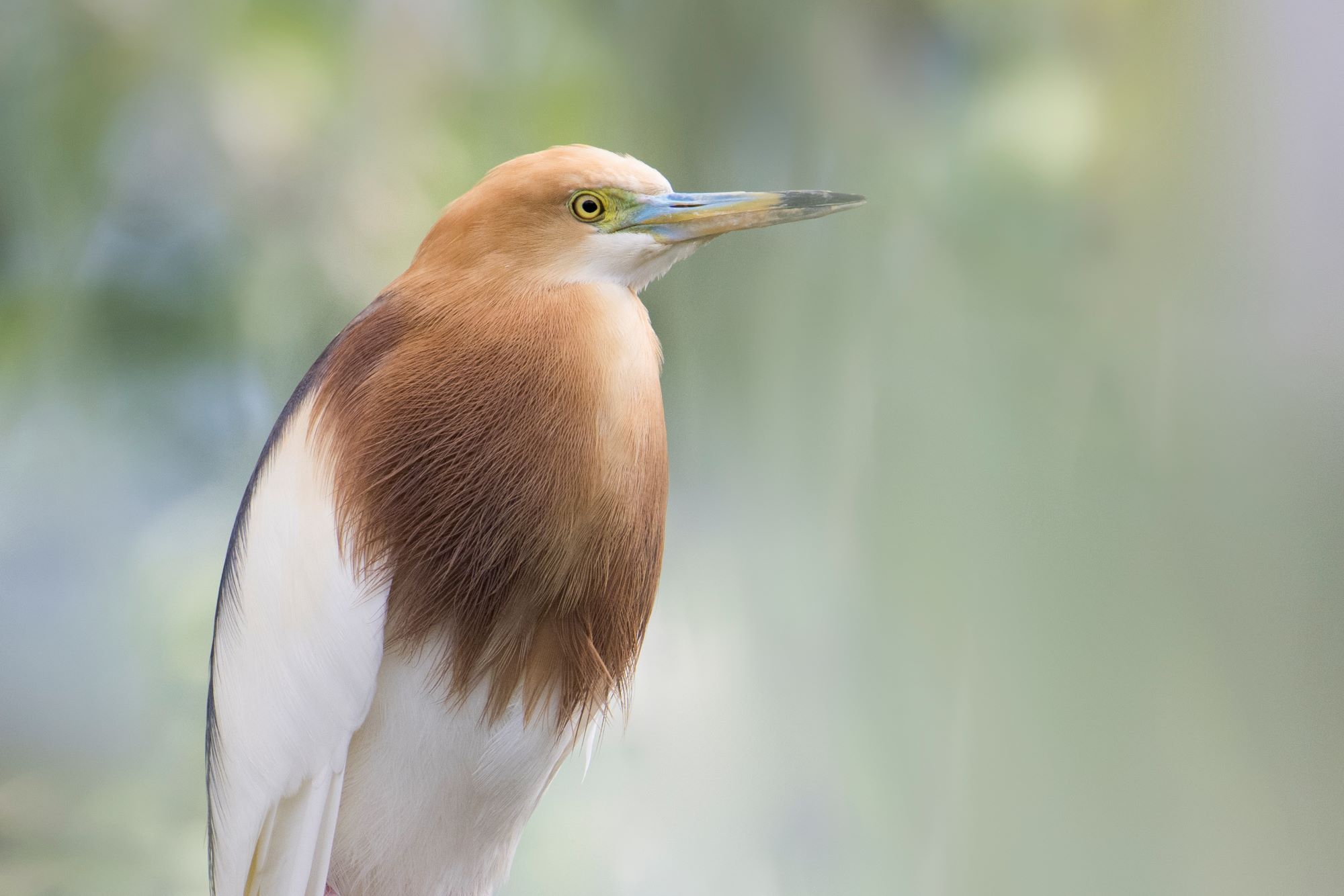
The Javan Pond-Heron is a wading bird found in Southeast Asia. Described as “stout,” this heron is sometimes mistaken for an egret with similar plumage. It inhabits swamps, marshes, and flooded plains, where it forages for crabs, insects, and fish by remaining motionless for long periods of time before snatching food from the water. This…
Read More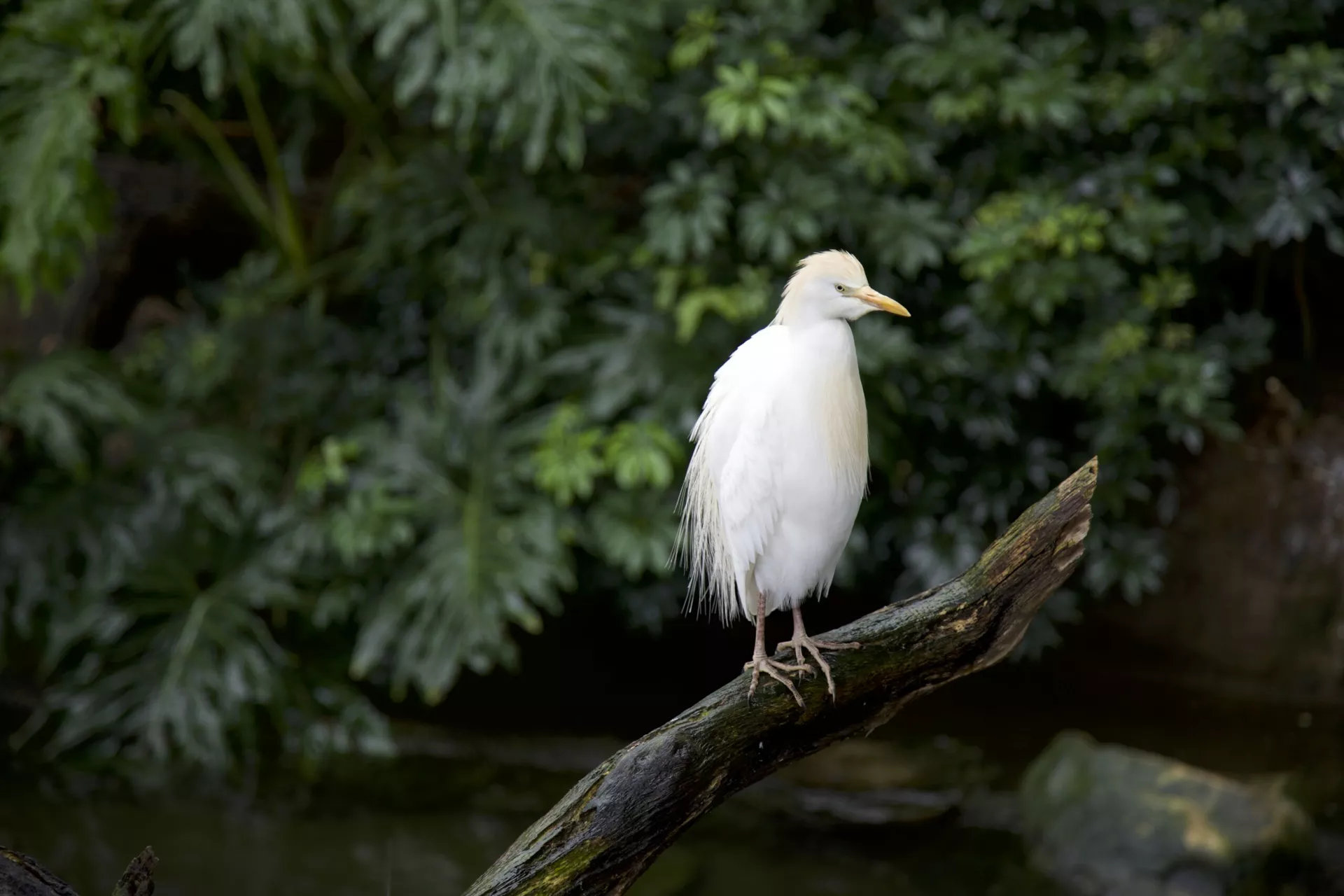
A smaller egret, the Eastern Cattle Egret is named for its habit of stalking insects and other small prey disturbed by herds of cattle moving through and grazing in grassland habitats. Egrets will fly to a grass fire from far away in order to catch fleeing insects, and they even forage at airports, waiting at…
Read More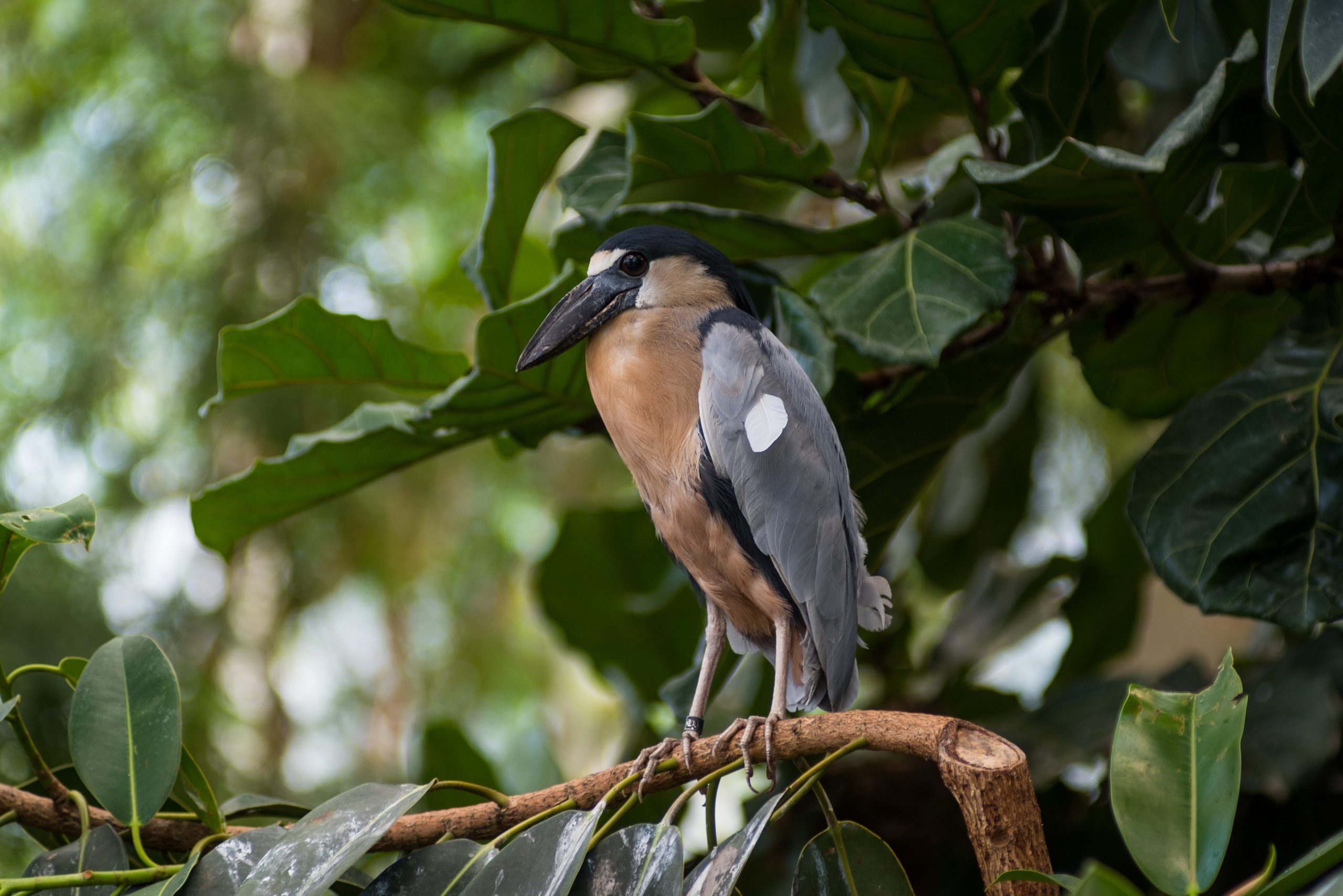
Boat-billed Herons have shorter legs and squatter bodies than most herons, but their distinguishing feature is their very large and broad bill and huge, dark eyes. The eyes are an indication of their foraging behavior, which takes place at dusk and early night. Native to the Neotropics, this heron is an inhabitant of coastal mangroves…
Read More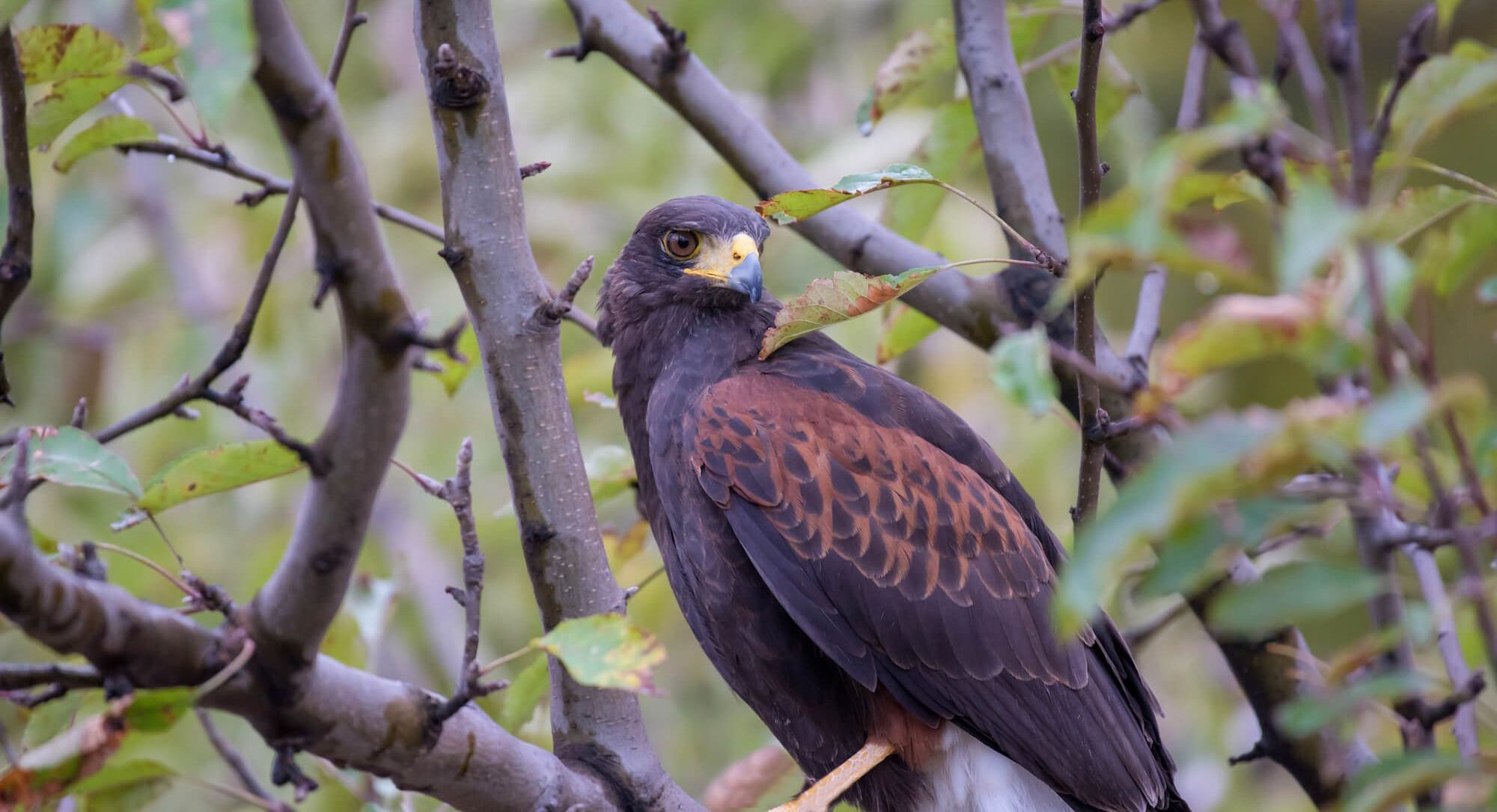
Harris’s Hawks are a deep chestnut brown with yellow markings that make them stand out. They are a very social species, and have been observed raising young and hunting—an unusual trait for a raptor species! While on the hunt, a group of Harris’s Hawks will descend on their prey and flush it. Harris’s Hawks can…
Read More
The Black Kite is a medium-sized, primarily brown raptor. Kites are characterized by their long wings and tails, buoyant and acrobatic flight, and ability to catch food in mid-air. Black Kites are widespread and adaptable and can be found throughout portions of Africa, Europe, and Australasia. They eat small mammals, other birds, carrion, and insects….
Read More
 Previous Posts
Previous Posts